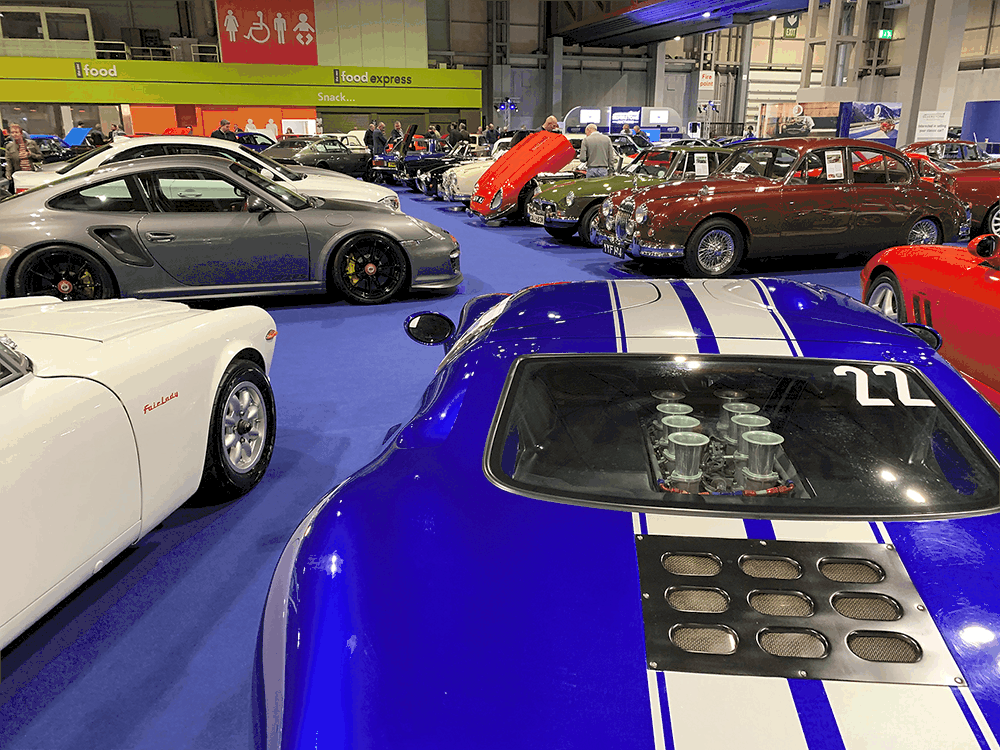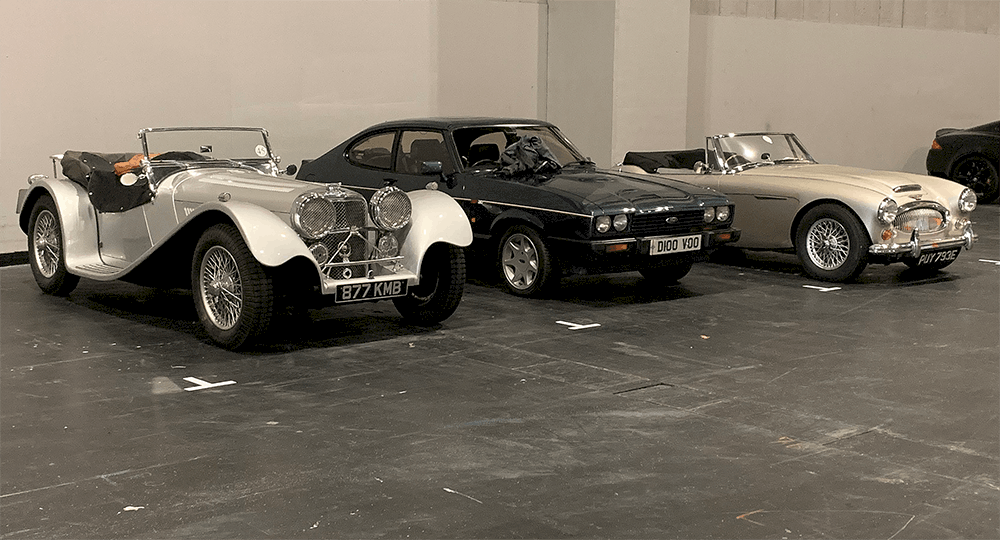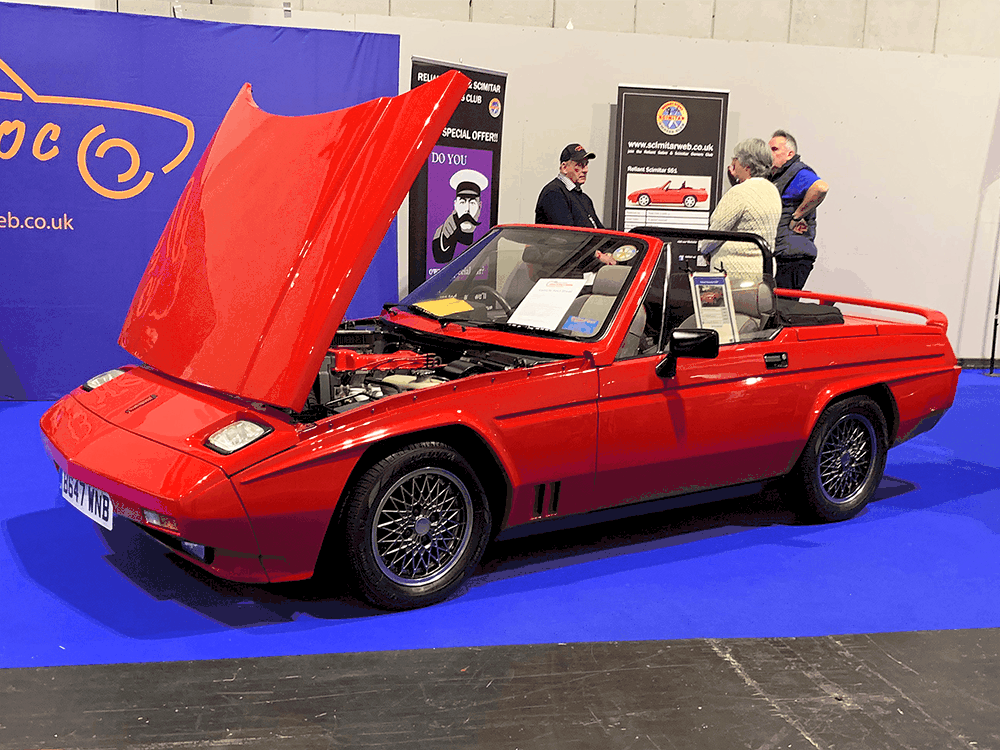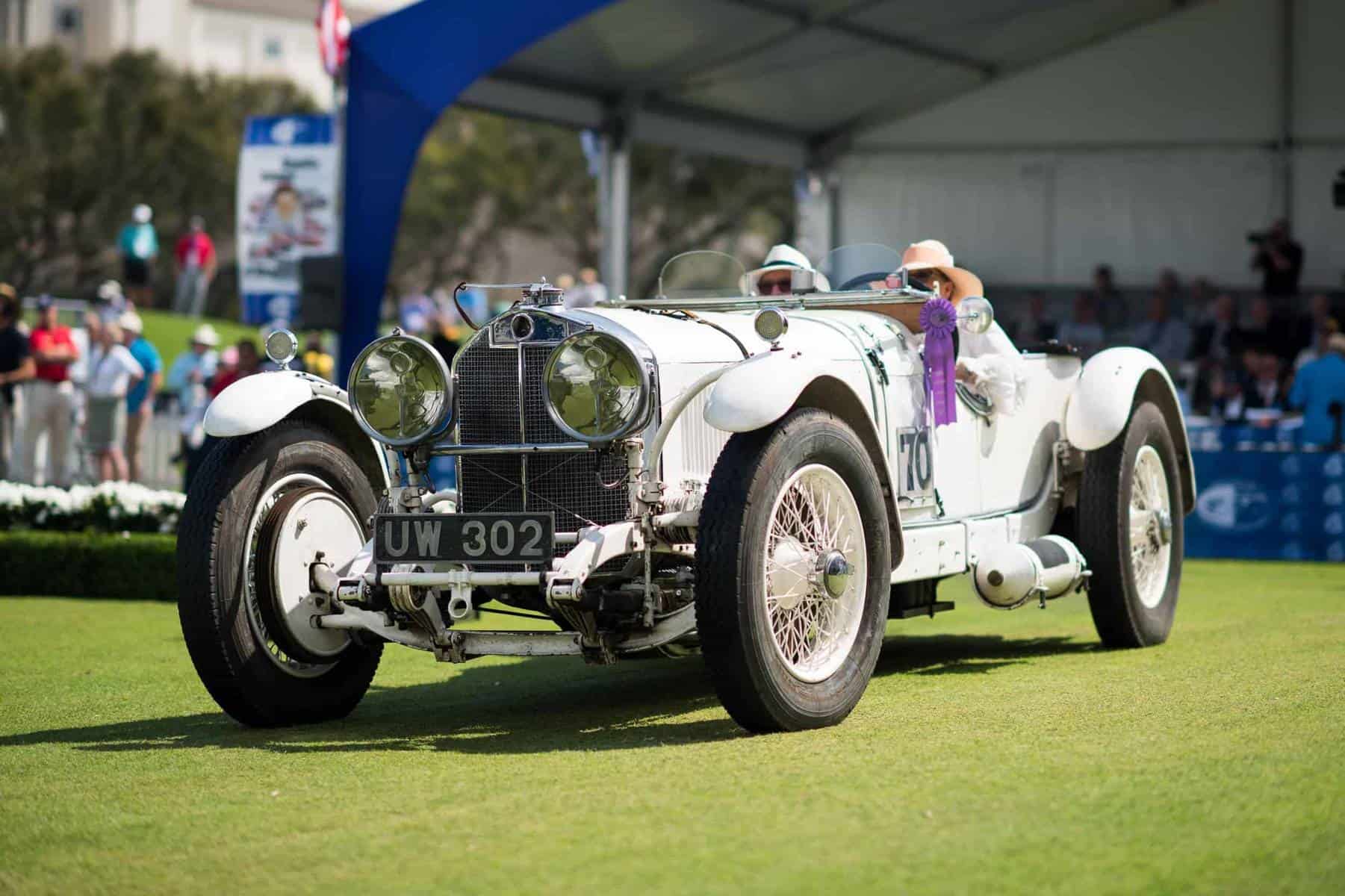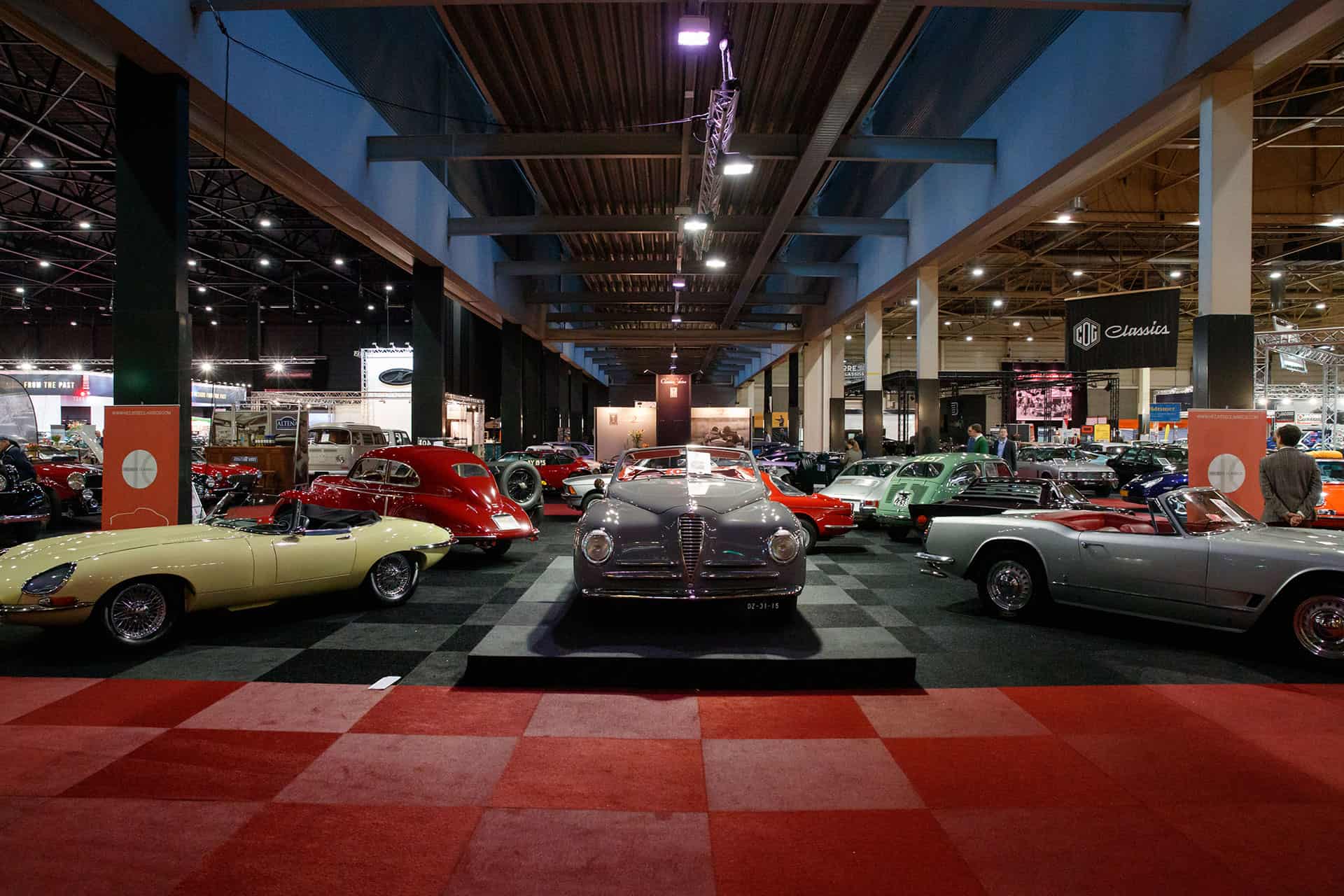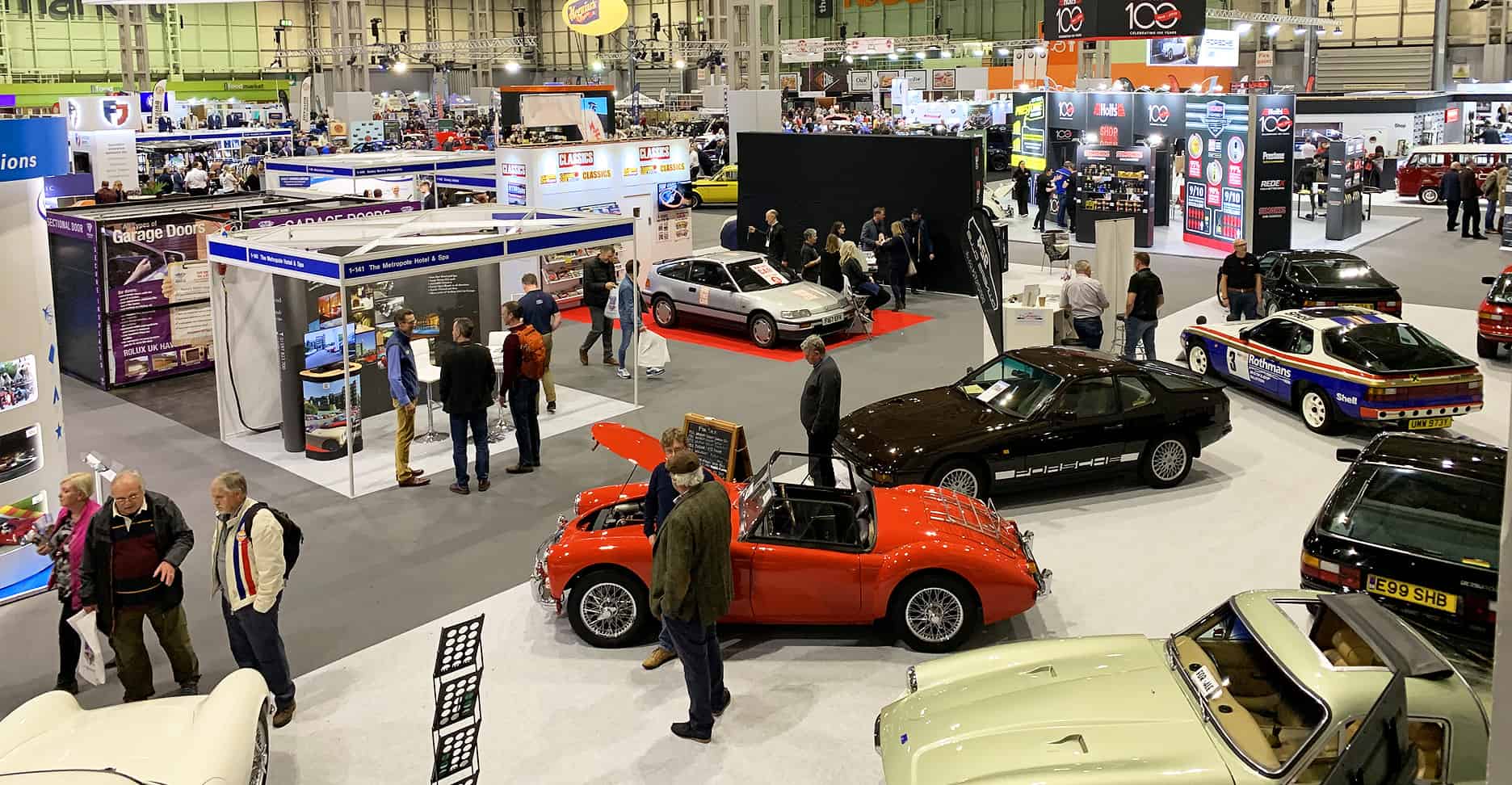
The 35th Classic Motor Show
A celebration of rare cars in Birmingham, England
BY: MYLES KORNBLATT
Great Britain has an annual event before everyone puts their vintage vehicles to bed for the winter. It truly is a national gathering, and that’s why it can have such an all-encompassing name as The Classic Motor Show.
The show takes place every November at the National Expedition Centre in Birmingham. For those who have not been, this multi-hall venue in the heart of the UK rivals the size of the Las Vegas Convention Center. This kind of space is necessary, because the show welcomes 300 car clubs and over 3,000 vehicles in total.
While the massive size is absolutely a reason to make the trip, there’s also an irresistible spirit of individuality. After all, the UK is famous for putting small-batch cars on the road, and this show is one of the few times to get near vehicles whose total production can often be counted on one hand. Here are a few of those rarities.
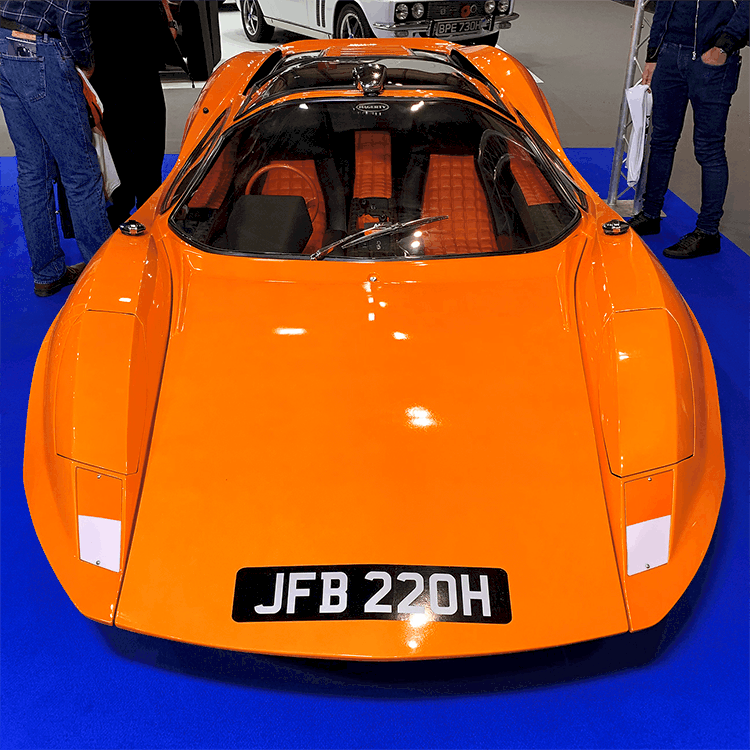
Probe 16
This Probe 16 is one of only three ever built, and it’s believed that only two have survived. Not only does this 34-inch high coupe have the distinction of representing half of the remaining legacy, but it was made famous by appearing in the movie, “A Clockwork Orange.”

Unipower GT
The Unipower GT is one of the most innovative uses of the Austin Mini running gear, as well as one of the least known. It was mounted in the middle of a tubular spaceframe chassis offering rear-wheel drive and then wrapped in arguably the best-looking body of the 1960s. It’s rumored that the designer of the Unipower GT was moonlighting from Ford’s GT40 program.
There were only 75 cars produced during a three-year period. The Unipower Club not only had the first production car on display, but it also revealed the original motor show prototype that is undergoing a full restoration.

Rochdale C-Type
This car may not be much to look at, but it’s believed to be one of two that still exist. The owner was displaying it at The Classic Motor Show to solicit any information on the history of the vehicle and a proper sports chassis to use for restoration.
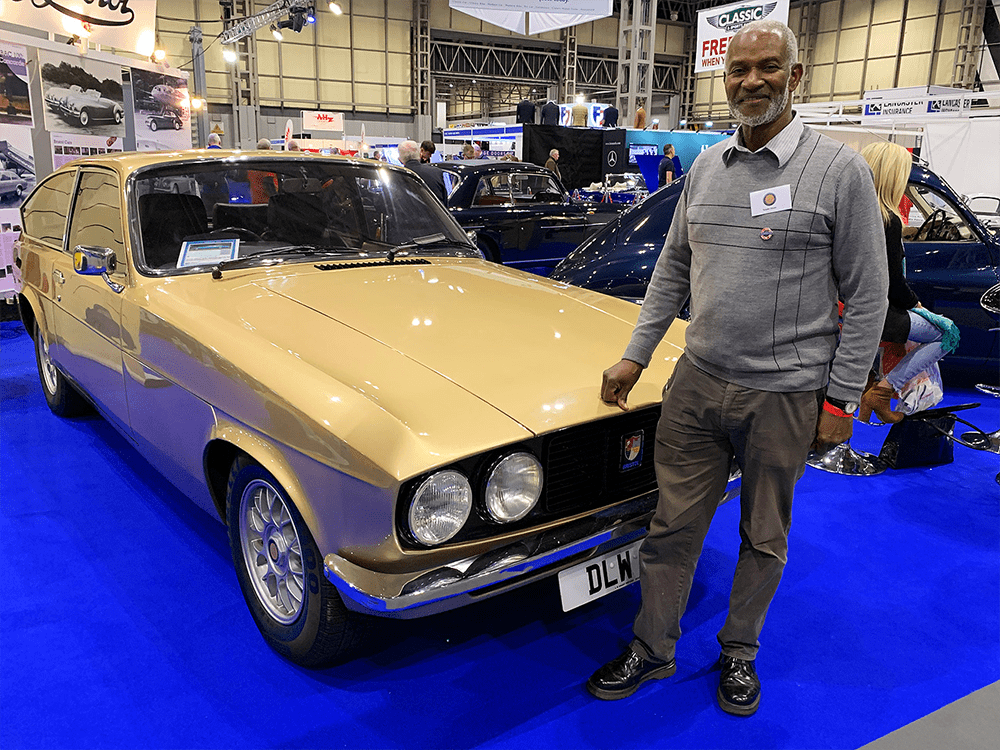
Bristol 603
Turplin Dixon has been a Bristol man for quite some time. Twenty-five years ago, he owned a 410 model coupe. When he sent it back to the factory for a restoration, the quoted price was as much as a new car. The British boutique manufacturer was never known for mass-producing any of its models. Repairs were expensive, and in fact, his model was in-demand for spare parts.
Dixon ended up selling his coupe back to the company for transplant into other cars. But he wouldn’t be without a Bristol for long.
Dixon happened to work near the company’s posh Kensington High Street showroom in London (which is still there and worth a visit). Bristol’s owner, Anthony Crook, was particularly fickle about his clientele, but Dixon was a well-known customer. When he popped in for a visit shortly after selling back his 410, he was taken down to the basement and shown a gold 603 coupe that was chosen for him.
Dixon has kept this car for a quarter-century. It’s a true world-traveler that goes on regular driving rallies, including in Australia and South America.
